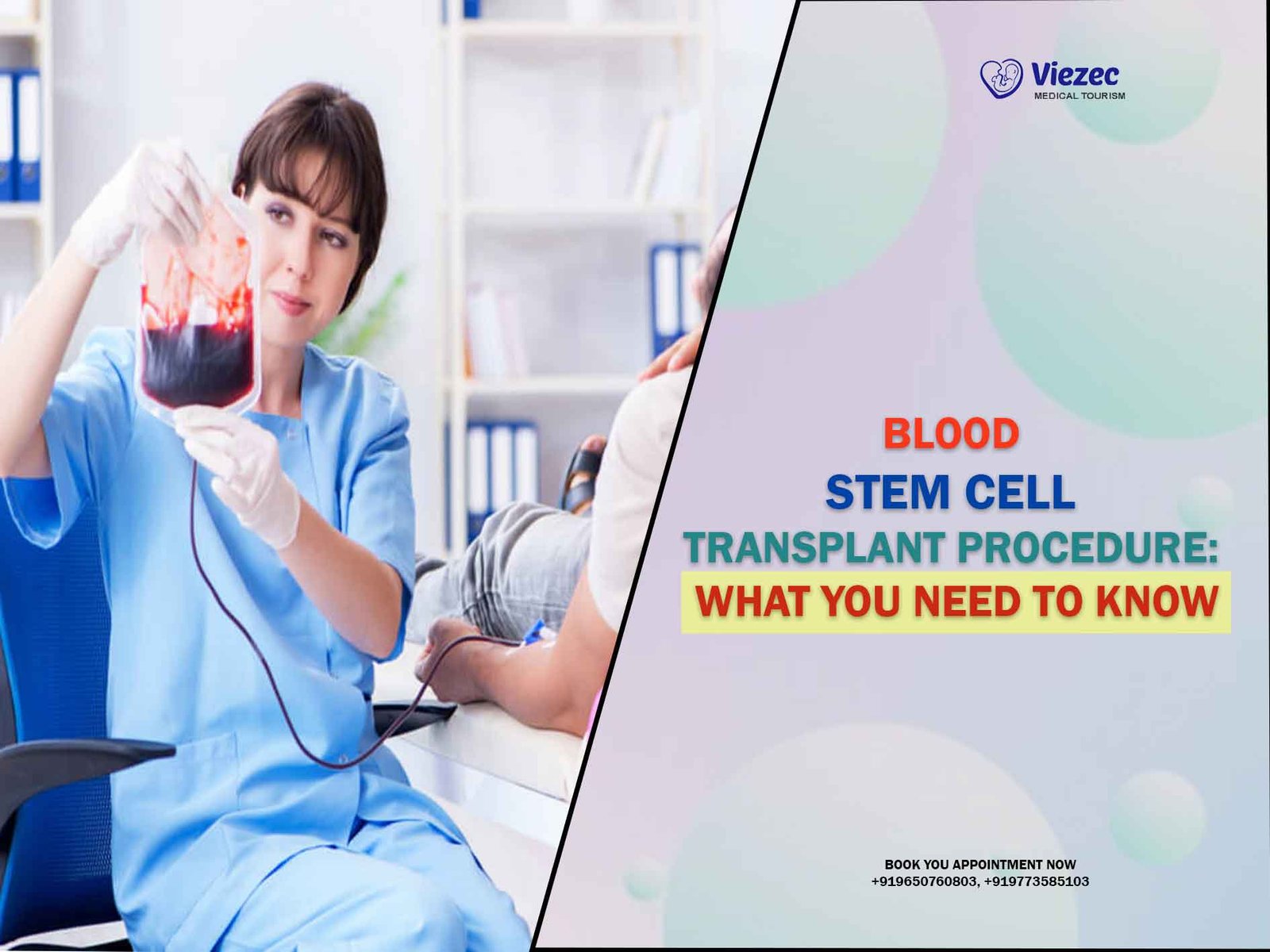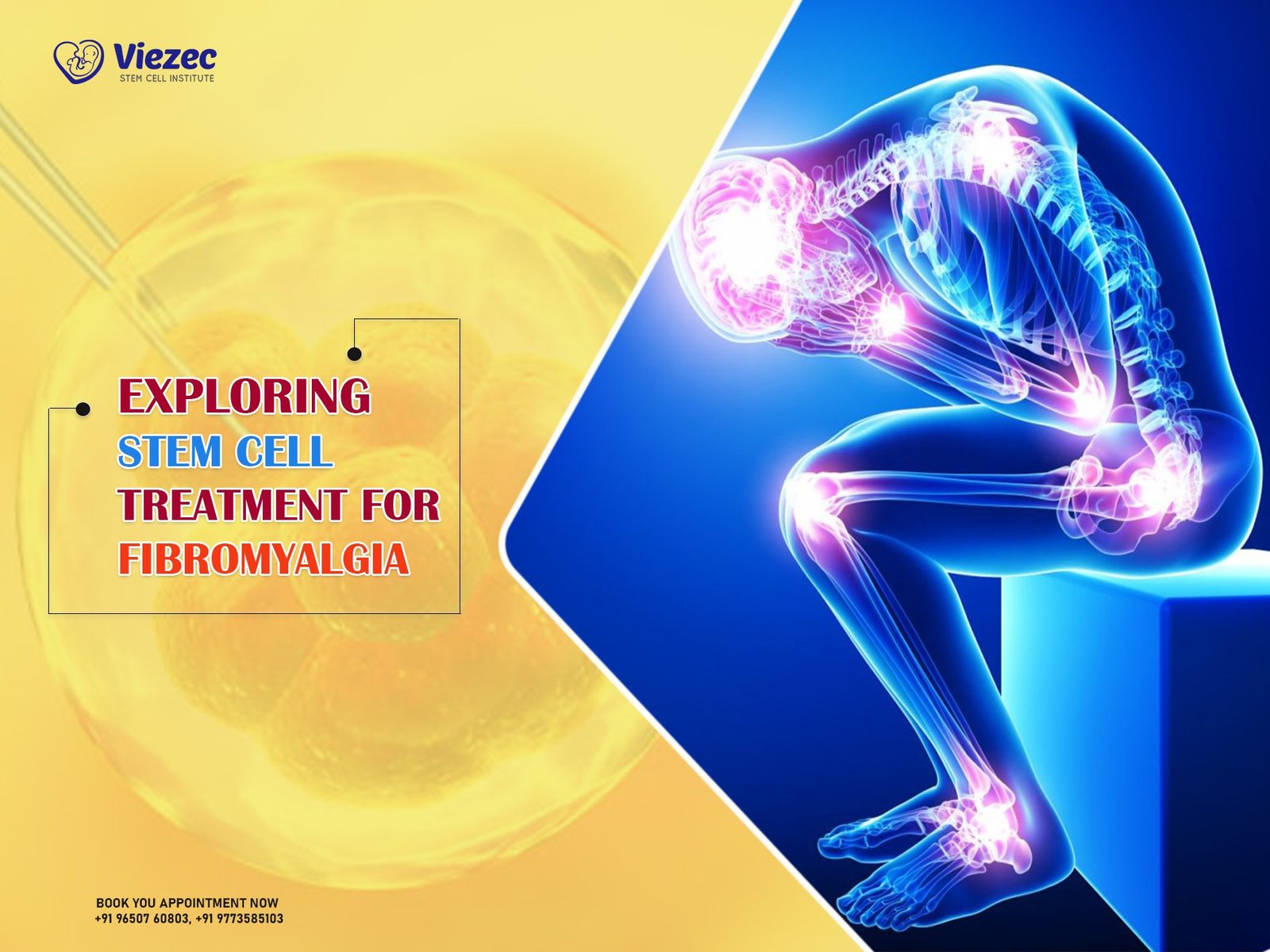Strokes, a leading cause of long-term disability and death worldwide, occur when blood flow to the brain is interrupted, leading to brain cell damage and subsequent neurological deficits. Traditional treatments for strokes often focus on minimizing damage and restoring blood flow. However, these treatments have limitations, and many stroke survivors are left with debilitating impairments. In recent years, stem cell therapy has emerged as a promising avenue for stroke recovery, offering potential regeneration and repair of damaged brain tissue. We will explore the promise of stem cell therapy in brain stroke recovery, examining its mechanisms, current research findings, challenges, and future prospects.
Understanding Stroke
Before delving into the potential of stem cell therapy, it’s crucial to understand the mechanisms and consequences of stroke. Strokes can be classified into two main types: ischemic and hemorrhagic. Ischemic strokes occur when a blood vessel supplying blood to the brain is obstructed, commonly due to a blood clot. On the other hand, hemorrhagic strokes result from the rupture of a blood vessel, leading to bleeding in the brain. Both types of strokes can cause significant damage to brain tissue by depriving it of oxygen and nutrients.
The effects of a stroke depend on various factors, including the location and extent of the brain damage. Common consequences of strokes include paralysis or weakness on one side of the body, speech and language difficulties, cognitive impairments, and emotional disturbances. Stroke survivors often require extensive rehabilitation to regain lost function and improve their quality of life.
Limitations of Current Treatments
While advancements in acute stroke management have improved outcomes for some patients, many individuals still experience long-term disabilities after a stroke. Current treatments primarily focus on restoring blood flow to the brain and preventing further damage. Thrombolytic therapy, which involves administering clot-dissolving drugs, can be effective in some cases of ischemic stroke if administered promptly. Additionally, mechanical thrombectomy, a procedure to remove blood clots from large blood vessels, has shown promise in improving outcomes for certain patients.
Despite these interventions, many stroke survivors continue to face significant challenges in their recovery. Traditional rehabilitation approaches aim to promote neuroplasticity and facilitate functional recovery through physical, occupational, and speech therapy. While these therapies can help individuals regain some lost abilities, they may not address the underlying neurological damage caused by the stroke.
Promise of Stem Cell Therapy
Stem cell therapy offers a novel approach to stroke treatment by targeting the underlying mechanisms of brain damage and promoting tissue repair and regeneration. Stem cells are unique cells with the ability to differentiate into various cell types and proliferate to replace damaged or lost cells. In the context of stroke therapy, stem cells hold the potential to repair injured brain tissue, enhance neuroplasticity, and improve functional outcomes for patients.
Mechanisms of Action
The mechanisms underlying the therapeutic effects of stem cell therapy in stroke recovery are multifaceted. Firstly, stem cells possess anti-inflammatory properties, which can help reduce the inflammatory response that exacerbates brain damage following a stroke. By modulating the immune response, stem cells may create a more favorable environment for tissue repair and regeneration.
Moreover, stem cells can secrete various growth factors and cytokines that promote neuroprotection and stimulate endogenous repair processes in the brain. These factors enhance neuronal survival, stimulate angiogenesis (the formation of new blood vessels), and support the growth of new neural connections, ultimately facilitating functional recovery.
Types of Stem Cells Used in Stroke Therapy
Several types of stem cells have been investigated for their potential therapeutic utility in stroke recovery. These include:
1. Mesenchymal Stem Cells (MSCs)
MSCs are multipotent stem cells that can differentiate into various cell types, including neurons, astrocytes, and oligodendrocytes. They are commonly sourced from bone marrow, adipose tissue, or umbilical cord tissue. MSCs have shown promise in preclinical studies and early clinical trials for stroke, demonstrating the ability to modulate inflammation, promote neurogenesis, and enhance functional recovery.
2. Neural Stem Cells (NSCs)
NSCs are self-renewing, multipotent cells that can differentiate into neurons, astrocytes, and oligodendrocytes, making them particularly suitable for neural repair. While NSCs are predominantly found in the developing brain, they can be derived from various sources, including fetal tissue and induced pluripotent stem cells (iPSCs). NSCs hold potential for replacing lost or damaged neural cells and promoting structural and functional recovery in stroke patients.
3. Induced Pluripotent Stem Cells (iPSCs)
iPSCs are generated by reprogramming adult somatic cells, such as skin cells, into a pluripotent state, resembling embryonic stem cells. iPSCs offer the advantage of patient-specific therapy, as they can be derived from the patient’s own cells, reducing the risk of immune rejection. Researchers are exploring the potential of iPSC-derived neural cells for transplantation in stroke therapy, aiming to harness their regenerative capacity for repairing damaged brain tissue.
Evidence from Preclinical and Clinical Studies
Preclinical studies in animal models of stroke have provided compelling evidence supporting the efficacy of stem cell therapy in promoting recovery. These studies have demonstrated improvements in motor function, cognitive performance, and histological outcomes following stem cell transplantation. Furthermore, researchers have investigated various delivery routes, timing of administration, and cell dosages to optimize therapeutic outcomes.
In clinical trials, the safety and feasibility of stem cell therapy for stroke have been established, with early-phase trials showing promising results in terms of functional improvement and neurological recovery. While larger, randomized controlled trials are needed to confirm the efficacy of stem cell therapy and establish optimal treatment protocols, the preliminary findings suggest that it holds considerable potential as a therapeutic intervention for stroke survivors.
Safety Concerns
Safety remains a paramount concern in stem cell therapy, particularly regarding the risk of tumor formation, immunogenicity, and off-target effects. Ensuring the safety of stem cell-based interventions requires rigorous preclinical testing, standardization of cell manufacturing processes, and long-term monitoring of patients in clinical trials.
Optimal Cell Source and Delivery
Identifying the most suitable source of stem cells and optimizing delivery methods are critical aspects of stroke therapy. Each type of stem cell has unique properties and limitations, and selecting the appropriate cell source and delivery route is essential for maximizing therapeutic efficacy.
Mechanistic Understanding
A deeper understanding of the underlying mechanisms of action of stem cells in stroke recovery is needed to refine treatment strategies and enhance therapeutic outcomes. Elucidating the interactions between transplanted stem cells and the host microenvironment will provide valuable insights into how stem cell therapy can be tailored to individual patients and stroke subtypes.
Potential to Repair
Stem cell therapy holds immense promise as a novel approach to stroke treatment, offering the potential to repair damaged brain tissue, enhance neuroplasticity, and improve functional outcomes for patients. While significant progress has been made in preclinical and early clinical studies, numerous challenges remain to be addressed before stem cell therapy can be routinely integrated into clinical practice. With continued research efforts, interdisciplinary collaboration, and advancements in technology, stem cell therapy may revolutionize the field of stroke rehabilitation, offering hope to millions of individuals affected by this devastating condition.
Through a combination of basic research, clinical trials, and translational efforts, the promise of stem cell therapy in brain stroke recovery may soon become a reality, transforming the lives of stroke survivors and their families worldwide.









